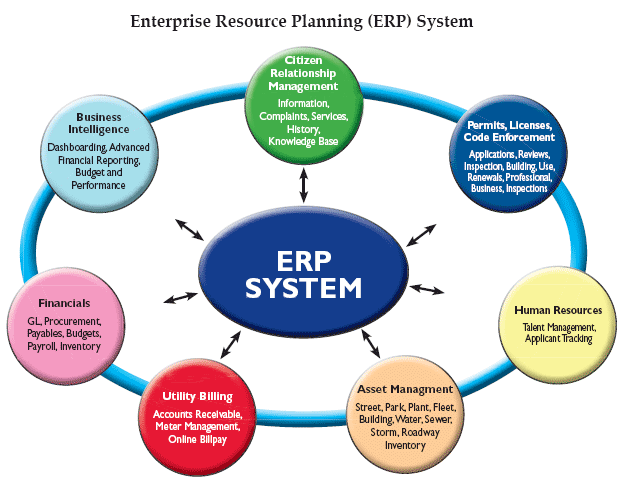There are a number of issues that manufacturing executives face when running their business. Among a myriad of other things, they are concerned about tracking serial numbers, configuring products and managing quality standards. These things can easily be done with the help of software. And better yet, it should be software designed with the business needs in mind.
 A manufacturing ERP program has to be designed with care to ensure functionality and usability. If it isn’t as effective as it should be then a company will fall behind. What should a successful manufacturing ERP look like?
A manufacturing ERP program has to be designed with care to ensure functionality and usability. If it isn’t as effective as it should be then a company will fall behind. What should a successful manufacturing ERP look like?
1. Helps with product control
Manufacturing ERP systems can easily identify and track serial numbers. In addition, manufactured products may be configured by measuring their dimensions and calculating the total amount of items needed. Properly configured systems can even review details on the total shelf life of a product. This process can save a lot of time and improve efficiency with things such as store management and faster production.
2. Manages a number of different processes
Manufacturing software has to be adjusted in order to manage several aspects of manufacturing. The process of manufacturing includes procedures such as assembly process, die casting, welding controls, stamping plans, machining, fabrication, injection procedures… To attain maximum efficiency all these processes require software that is specially configured and helps automate the process. Automation of these processes can free a lot of time to do things like improve product design and listen to customer feedback instead of configuring product specifications programs.
3. Integrates IT solutions
The large number of diverse programs that occur in manufacturing requires effective integration. Systems integration is crucial for effective management, as it allows easier communication and understanding what is going on in all facets of the business. Integration is crucial to smooth management, because it not only helps the system run better, but it ensures that no information falls in between the systems gap. Properly integrated system help the whole manufacturing process more reliable.
4. Suitable for adding new functions
As much as traditional IT functions benefit the business, new IT solutions have to be added to further enhance the processes. Technology changes constantly, and ability to add new features to a company’s ERP system will keep it competitive and up-to-date with less effort. Having an ERP system that is easily integrated with new solutions will benefit the company in the long-run and save money on system updates.
There are a growing number of solutions that are geared towards improving manufacturing processes. IT systems may be used to wirelessly control robotic materials or automate scheduling. They can schedule certain quantities of items to be manufactured based on specified requirements. Some programs can integrate with existing spreadsheets that list information on what has to be managed at a given time. Anything that can record little bits of information at a given time will certainly be a welcome tool in respect to analytics in the future. New knowledge databases and interactive task management systems are useful for allowing people in the workplace to share designs and solutions with one another. IT controls are needed to create such a network where all people in the business can get on the same page with regards to what has to be added or adjusted at a given time.
There will be a need for all manufacturing managers to make sure that technology is used properly. IT software for manufacturing enterprises can be used for scheduling plans, facilitating communications and making sure that items and processes are not only managed right but also tracked well. Software can help businesses manage what it already has - and do it more effectively.







